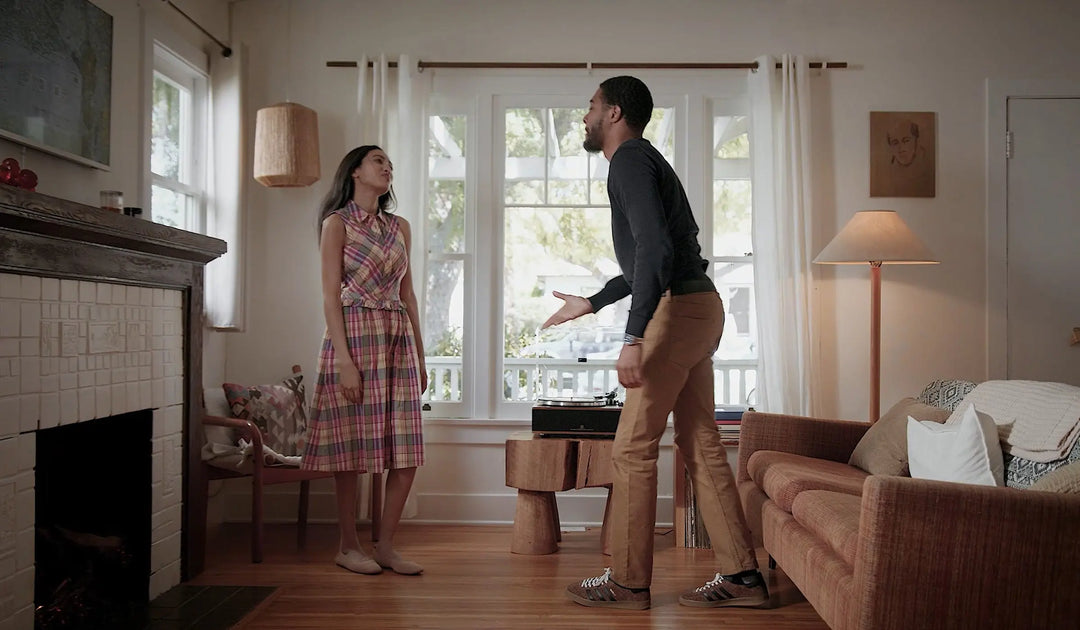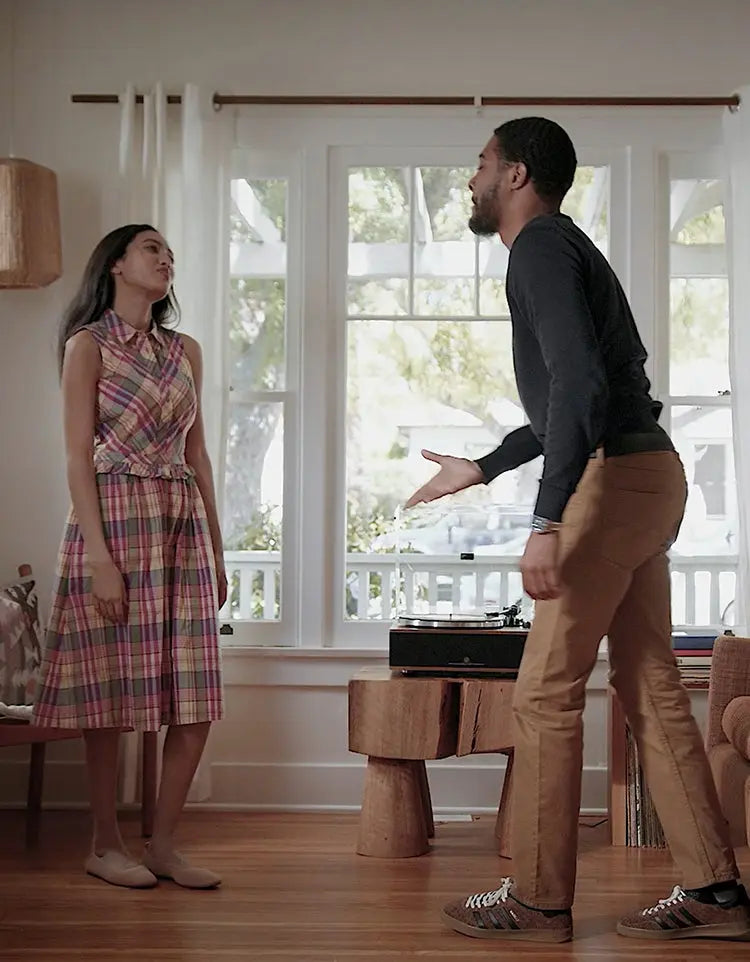Grooves and Speeds: A Guide to Vinyl Record Sizes and RPM
There's a certain magic to vinyl records, a tactile and auditory experience that digital formats can't quite replicate. For newcomers to the world of wax, however, the different sizes and speeds can be a bit bewildering. What's the deal with 33, 45, and 78 RPM? And how do those numbers relate to the 7, 10, and 12-inch discs spinning on the platter? In this guide, we'll demystify the world of vinyl formats, giving you the knowledge to navigate any record store with confidence.
The Big Three: Understanding Record Sizes
First, let's talk about the physical dimensions. Vinyl records predominantly come in three standard sizes:
-
12-inch: This is the heavyweight champion of the vinyl world, the format of the full-length album, or LP (Long Play). Its larger surface area allows for more music to be etched into its grooves, making it the go-to for artists wanting to release a complete body of work.
-
7-inch: The small and mighty 7-inch is the classic format for singles. With one song typically on each side (an A-side and a B-side), these were the currency of pop music for decades, blasting out of jukeboxes and bedroom record players alike.
-
10-inch: The 10-inch record is a bit of a rarer bird in contemporary music, but it has a rich history. It was a common format in the early days of vinyl and is still used for EPs (Extended Plays) – releases that are longer than a single but shorter than a full album – and special edition releases.
The Need for Speed: 33, 45, and 78 RPM
Now, let's get to the heart of the matter: RPM, or Revolutions Per Minute. This number indicates how many times the record spins on the turntable in a minute. The speed is crucial as it dictates the playback and is directly linked to the amount of music a record can hold and its audio fidelity.
-
33⅓ RPM: When you think of a classic album, you're thinking of a 12-inch record spinning at 33⅓ RPM. This slower speed allows for a longer playing time, typically around 22 minutes per side, making it ideal for the LP format. The trade-off for this extended length is a slight compromise in sound quality compared to faster speeds, though for most listeners, the difference is negligible and part of the format's charm. While most commonly associated with 12-inch records, you'll also find 10-inch and even some 7-inch EPs pressed at 33⅓ RPM to accommodate more tracks.
-
45 RPM: The zippier 45 RPM is the standard for 7-inch singles. The faster speed means the needle travels a longer distance in the groove over the same period, allowing for a higher fidelity sound with a wider dynamic range. This is why 12-inch singles, popular in dance music, are also often cut at 45 RPM – to give the music maximum punch on the dancefloor. The downside of this speed is the reduced playing time; a typical 7-inch at 45 RPM holds about 5-6 minutes of music per side.
-
78 RPM: The granddaddy of them all is the 78 RPM record. This was the standard format in the first half of the 20th century. These records are typically 10 inches in diameter and are made from shellac, a more brittle material than the vinyl used for 33s and 45s. Due to their high speed and the wider grooves required by the styluses of the time, a 10-inch 78 RPM record could only hold about three to four minutes of audio per side. Finding a turntable that can play 78s today requires a special stylus and speed setting, making them the domain of dedicated collectors and archivists.
A Quick Reference Guide:
So there you have it – a crash course in the wonderful world of vinyl record sizes and speeds. The next time you're flipping through crates of records, you'll know exactly what you're looking at, from the chart-topping 45s to the immersive LPs. Each format tells a story, not just through the music it holds, but in its very physical form. Happy spinning!




Laissez un commentaire